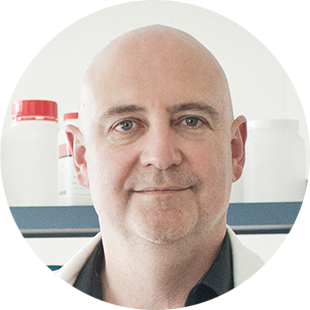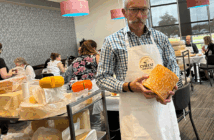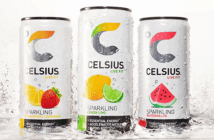By Professor Richard Newcomb, chief scientist at Plant & Food Research
Processed foods tend to receive a bad rap. Yet food processing, in the form of cooking, fermenting and pickling, is centuries old and many foods need to go through some kind of process to be edible.
Think potatoes and grains. While processing destroys pathogens in milk and on leafy greens, it also improves flavour and texture in foods. Ultra-processed foods, on the other hand, which include additives and have reduced nutritional profiles, have been linked to adverse health outcomes.
A range of foods falls under the umbrella of ‘processed foods’. Ultra-processed foods, like some wholemeal breads, could be part of a healthy diet, while lightly processed foods like sugar are not. Tinned foods like beans or chickpeas can improve diets, enabling people to consume ingredients they might not prepare. Frozen foods can be more nutritious than ‘fresh’ store-bought perishables, which may lack vitamins and phytonutrients.
In terms of convenience, it’s hard to beat processing, which helps us avoid issues of storage and cost. Emerging research is starting to look at how novel processing could enhance health by improving the nutrient profiles of foods. For example, new proteins could help meet the nutrition needs of future populations. Given that convenience is an important driver for modern consumers, maybe the emphasis should be on creating healthier, more sustainable processed foods rather than on reducing processing?
Processing technologies are evolving rapidly, merging food science and chemical engineering. The traditional focus on preservation is shifting towards convenience, enhancing health and flavour attributes and fully utilising foods. New technologies, such as high-pressure processing, can maintain ‘fresh’ characteristics while increasing shelf life. These technologies may help satisfy the consumer trend for ‘clean labelling’. Moreover, New Zealand is ideally placed to establish pilot plants for scale-up using these technologies.
Possibly the most disruptive recent processing technology will be 3D printing of food. After purchasing ‘inks’, foods could be printed at the supermarket or even at home. The Foodini 3D printer, created by Natural Machines, allows users to input fresh ingredients and markets the printed products as ‘real food’. 3D food printing could help re-purpose side-products and massively reduce transport and packaging.
Professor Richard Newcomb is chief scientist at Plant & Food Research overseeing all aspects of science quality, strategic science, capability development and collaboration across the institute. He is also an honorary professor of evolutionary biology at the University of Auckland.






























































































